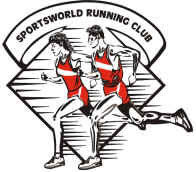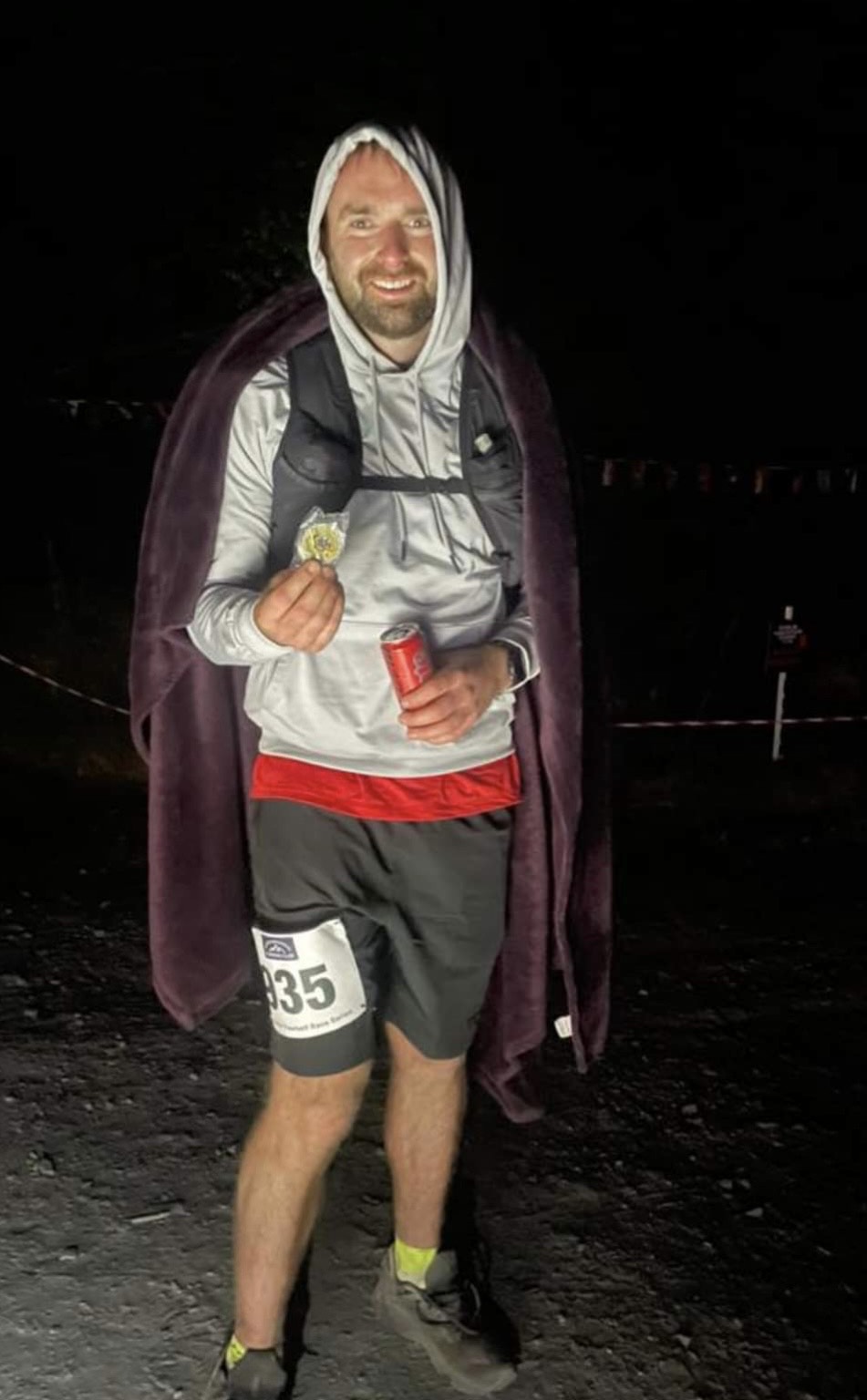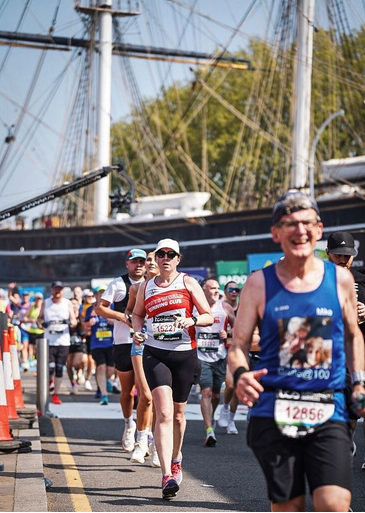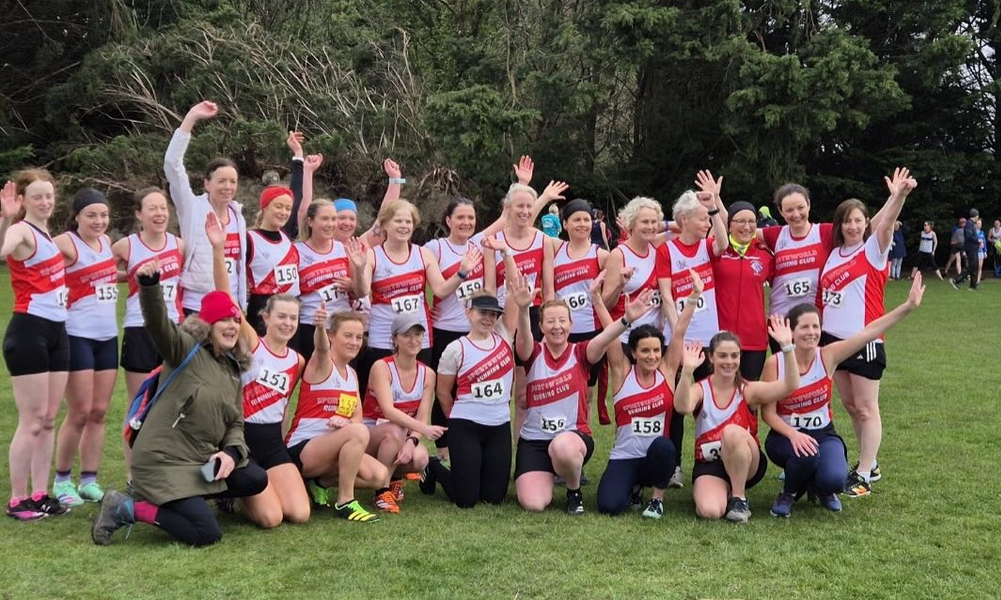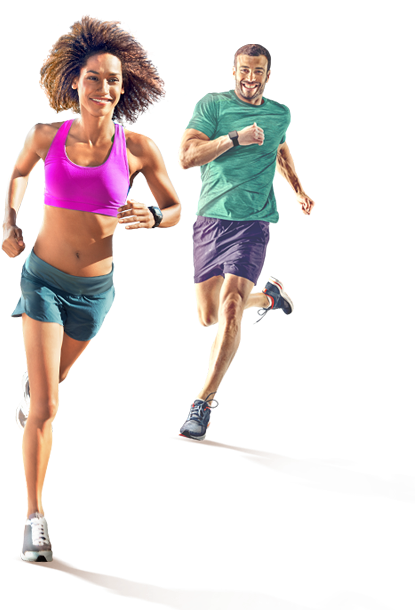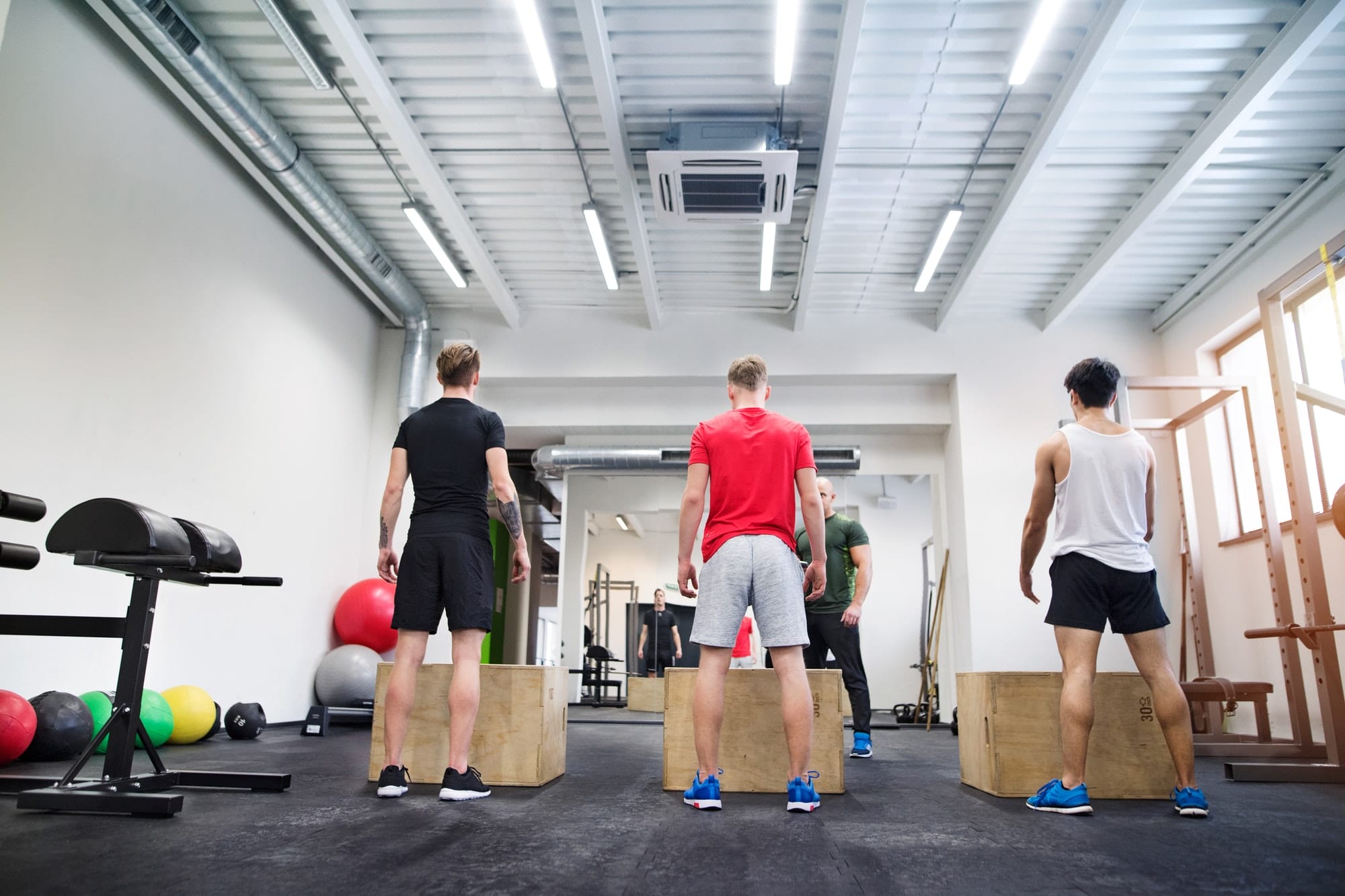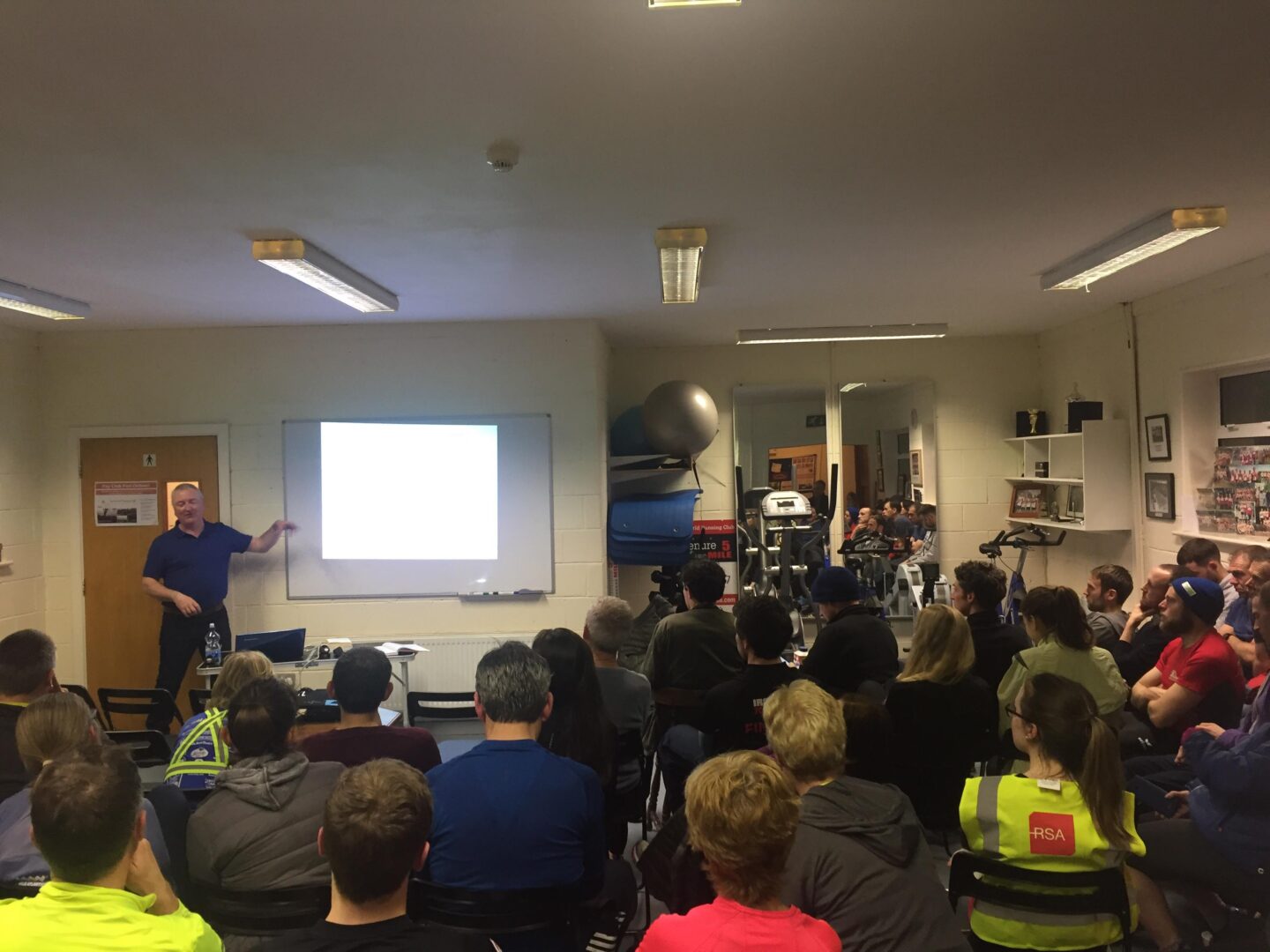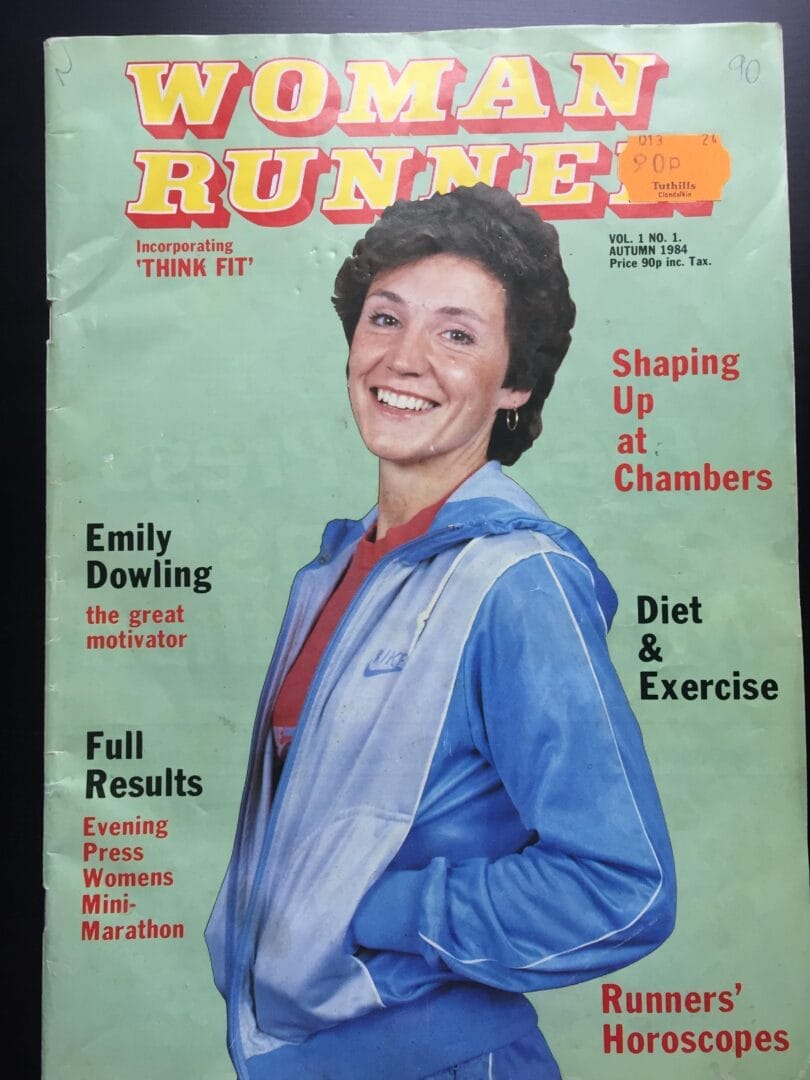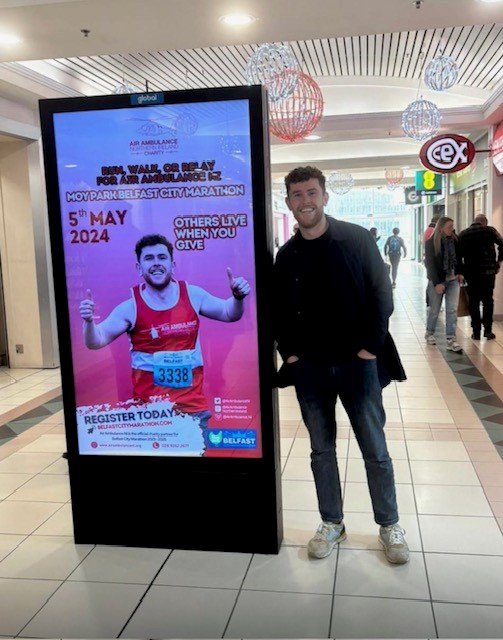Mobility stretches are a key part of any exercise routine, helping you get the best results and reducing your risk of injury. They lengthen and loosen your muscles, increasing your range of movement and flexibility, and reducing stiffness and pressure on your discs, ligaments, and facet joints. When performing the movements, relax your body, and breathe deeply and rhythmically. We have some tips on which foam roller to buy, including Gwyneth Paltrow’s $1000 made in China version ???? Happy rolling!
How does foam roll training work?
Foam and tube roll training work by applying localised pressure to chosen regions of the body using, prescribed techniques as explained below. When pressure is applied with a roller, the roller exercises with help increase the circulatory flow through that area reducing soft tissue damage and improving movement dynamics.
Can foam roller help prevent injuries?
Yes, studies have shown the benefits of regular that is easy to manage and comfortable to use. If your training type is performance, then choose a harder density roller with ridges. If you are interested in using the roller for additional training such as stability training, then choose a longer roller, rather than travel size. If you want to travel with a roller, then the mini roller is an ideal choice. It is important to ask the store staff if you have further questions to assure you purchase the right product for you.
Which foam roller to buy?

The TriggerPoint GRID Foam Roller comes with free online instructional videos showcasing best practices. That way you can watch as you roll to ensure you’re getting the best use of the tool. Some of the other benefits of this patented roller have to do with the design. It has a rigid hollow core constructed from quality materials that won’t break down. Unlike most flat foam rollers, this one has a multi-dimensional surface that’s meant to feel like a massage therapist’s hands. The GRID also helps improve oxygen flow and heal tissue.
Made by an Irish company the BackBaller has teeth for an even greater self Myofacial release, you can take foam rolling to the next level with the BackBaller, by putting you in total control over the force applied in an unprecedented secure and comfortable manner. The BackBaller® is specifically designed to self-treat muscles in your upper & lower back. Due to the stability & control offered it goes beyond & is now the foremost product to knead out all muscle groups.
Firm density and long length make these old school foam rollers perfect for both massage, balance and core exercises. They are particularly useful if you are just starting out and you have a lower pain threshold. They can also be used for shin splints very effectively.
What exercises?
You will use your body-weight to create pressure on the foam roller while using the techniques as prescribed. This pressure can variable, for those new to foam roller training a lighter load can be enough to give you an effect, while for more experienced users a greater load might be preferred. An example to explain this method can be while rolling out the claves, a lighter pressure can be achieved by rolling out the calf while being supported by the other leg on the ground. To create a heavier load the user can place the supporting leg on top of the working leg, increasing the pressure. Another option can be to choose a harder roller. The guidelines will help optimise your foam roll training, allowing you to search in the best way for tight and restricted areas on your body. It’s a good idea to go barefoot or without shoes when you are foam rolling for a more relaxed feeling, being barefoot will help you be more aware when completing the exercises.
When you encounter a tight area – which could be a tender spot in your muscle – rest on that spot, breathe deeply, and slowly massage back-and-forth and side-to-side with a subtle rocking
motion for a few more reps or seconds, or until the tenderness you feel decreases by about 50%. When you cannot find any new trigger points, it is suggested to upgrade to a harder foam roller.
Foam roller training is for all and not just for athletes, everyone can benefit from foam roll training because becoming mobile enough to properly perform basic human movements will help to avoid overuse injuries and chronic pain later in life.
Thoracic roller
In this exercise, the foam roller acts as a hinge to help improve the range of motion in your middle and upper back. It is a good movement to mobilise the muscles of your neck and back.

Sit with your heels planted on the floor and the roller beneath the middle of your back. Lie back onto the roller so that it is just below your shoulder blades. Clasp your hands together and lightly cradle your head.
With your chin tucked in, slide up and down the roller, from your neck down to the level of your lowest ribs, but do not go too low into your lumbar spine. Repeat the exercise for at least 30 seconds.
Lat roller
This exercise helps loosen up the large muscles of your middle and upper back, reducing tightness, tension, and muscular pain.

Lie on your right side with the roller positioned beneath your armpit, and place your hands behind your head for stability. Use your back muscles to roll down from your armpit to the base of your shoulder blade. Roll back up and repeat for at least 30 seconds, then switch sides.
Glute/Piriformis roller
This exercise loosens up the gluteals at the outside of your buttocks and the piriformis toward the middle of them.

Sit on the roller with your right buttock and cross your right leg over the left leg. Rolling backwards and forward, work on the outside of your buttock before shifting your weight to the middle of the buttock. Repeat for at least 30 seconds before switching sides.
Lumbar roller
In this exercise, the foam roller works the muscles of your lumbar spine, helping mobilise your lower back. A strong lower back is essential for all sports, from running to weight lifting, and is important for anyone who spends a lot of time working at a desk.

Sit with your heels planted on the floor and the roller positioned beneath your lower back. Place your hands on either side of your head and cradle it lightly, without putting any strain on your neck.
Keeping your head stable, slowly and carefully slide up and down on the roller, from the bottom of your ribcage to the top of your pelvis. Repeat for at least 30 seconds.
TFL/ITB roller
This exercise loosens your iliotibial band (ITB), the band of muscular tissue on the outside of your upper leg, and helps general mobility in your glutes and hip muscles. It also loosens your tensor fasciae lata (TFL), a muscle in the thigh that is utilised in sports from hurdling to horseback riding.

Lie on your right side with the roller positioned beneath the outside of your thigh, just below your hip. Propping yourself up on the right forearm, with your left hand on your hip, cross your left leg over the right, placing your left foot flat on the floor for support.
Using your right forearm, gently push your body over the roller so that the outside of your right thigh slides up and down the roller, as far as your knee. Slide back the opposite way to your hip. Repeat for at least 30 seconds, then swap sides.
